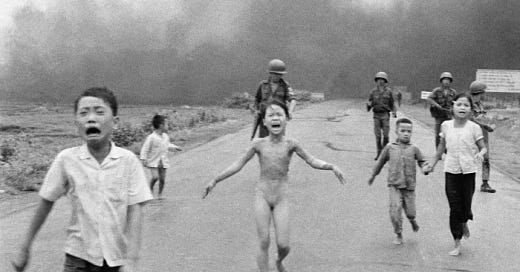In my last commentary, I reviewed the struggle of the Vietnamese people, led by the Indochinese Community Party, for independence from French colonialism and for the transformation of the class structures of remnant feudalism and modern Western capitalism; a struggle that culminated in the Vietnamese Declaration of Independence, declared by Ho Chi Minh on September 2, 1945, and in the establishment of an independent nation governed by a National Assembly elected by the people (see “The universal meaning of Vietnam: A heroic struggle for independence and socialism,” July 08, 2022). Today I look at the refusal of the French and American political establishments to accept Vietnamese independence. Their refusal reflected their decadence, in that they were incapable of discerning that the Western-centered capitalist world-economy was no longer politically, economically, morally, or ecologically sustainable; and they thus were incapable of leading their peoples to an alternative, mo…
© 2025 Charles McKelvey
Substack is the home for great culture


